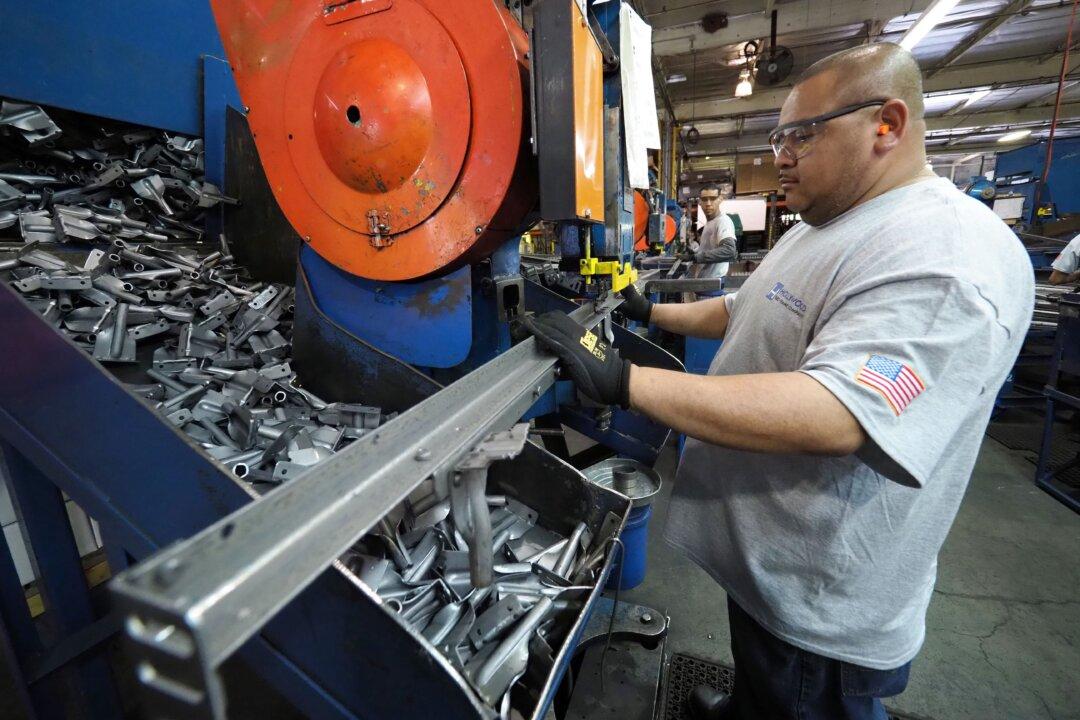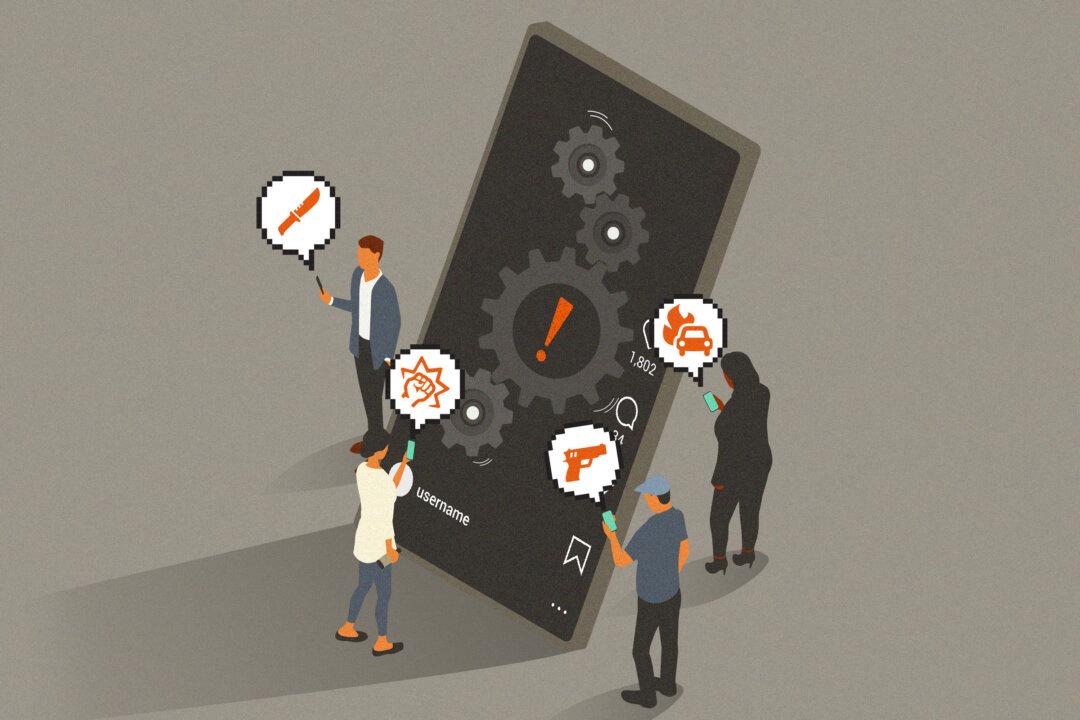Employers offered 6.55 million job openings in March, the most since the data collection started in December 2000. That means the country had a job opening for nearly every unemployed worker, as counted by the Bureau of Labor Statistics (BLS).
On May 15, President Donald Trump retweeted an article on the job openings record—a boon for his core campaign promise of reviving the economy.





